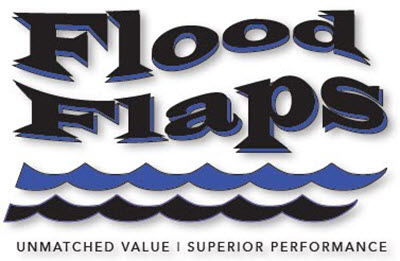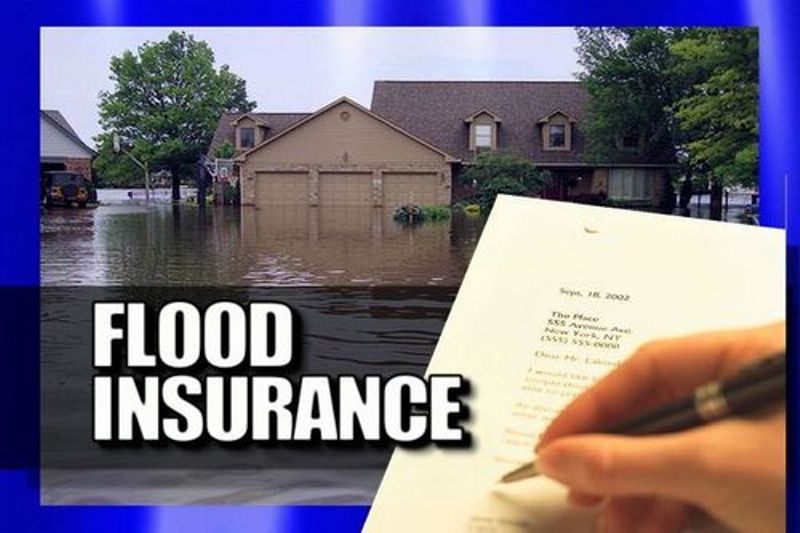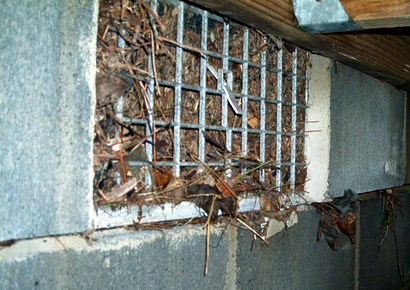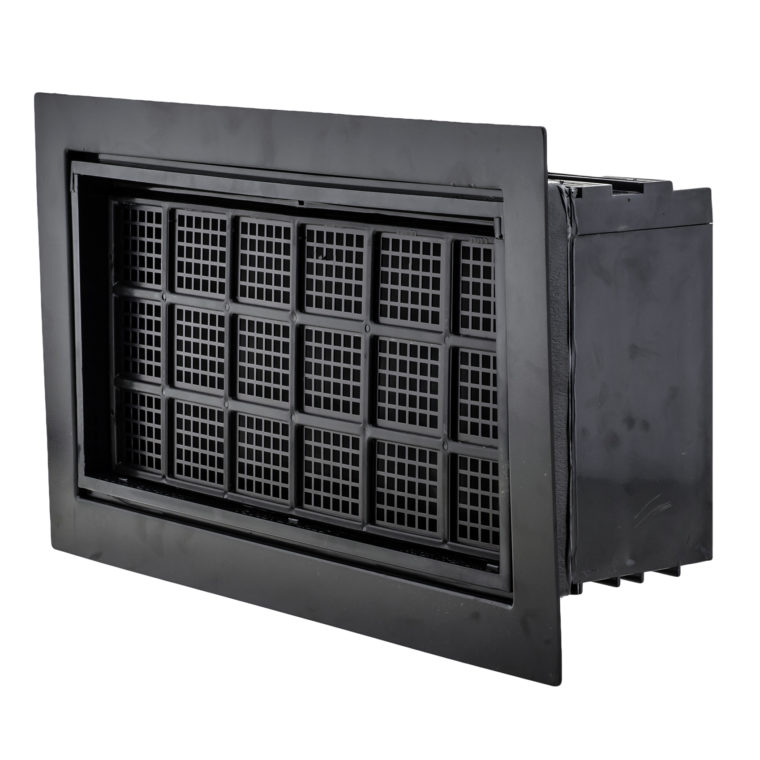Reserve Fund Assessment Increasing
Biggert-Waters required the establishment of a Reserve Fund to help cover costs when claims exceed the annual premium collected by the NFIP. FEMA began collecting an assessment in 2013 to add money to the Reserve Fund.
The Reserve Fund assessment initially applied to all policies other than PRPs in 2013. The assessment on those policies will increase in 2015.
Starting in 2015, PRPs will begin contributing to the Reserve Fund.
HFIAA Surcharge Begins
HFIAA slowed the elimination of subsidies provided for in Biggert-Waters and amended most of the provisions mandating that certain policies transition immediately to full-risk rates.
To compensate for the decrease in revenue, the new law calls for the addition of a surcharge on all policies that will be collected until, with limited exceptions, all subsidies are eliminated.
The surcharge is a flat fee applied to all policies based on the occupancy type of the insured building and is not associated with the flood zone in which the building is located or the construction date of the building (e.g., pre- or post-FIRM).
The surcharge also applies to a renter’s contents-only policy based on the policyholder’s occupancy of the building or unit.
The National Flood Insurance Program (NFIP) is in the process of implementing Congressionally mandated reforms required by the Homeowner Flood Insurance Affordability Act of 2014 (HFIAA) that repeal and modify the Biggert-Waters Flood Insurance Reform Act of 2012 (Biggert-Waters).
The new law slows some flood insurance rate increases and offers relief to some policyholders who experienced steep flood insurance premium increases in 2013 and early 2014. Flood insurance rates and other charges will be revised for new or existing policies beginning on April 1, 2015.
In addition to insurance rates, other changes resulting from Biggert-Waters and HFIAA will be implemented that will affect the total amount a policy holder pays for a flood insurance policy. Highlights of some of those changes follow. For full explanations and guidance, see WYO Bulletin (W-14053) and the Flood Insurance Manual.
The changes taking place in April include an increase in the Reserve Fund Assessment, the implementation of an annual surcharge on all new and renewed policies, an additional deductible option, an increase in the Federal Policy Fee, and rate increases for most policies.
Key changes include:
Implementing annual rate changes that set rates using rate-increase limitations set by HFIAA for individual premiums and rate classes:
- Limiting increases for individual premiums to 18 percent of premium.
- Limiting increases for average rate classes to 15 percent.
- Mandatory increases for certain subsidized policyholders under Biggert-Waters and HFIAA.
Increasing the Reserve Fund assessments required by Biggert-Waters.
Implementing annual surcharges required by HFIAA.
- Guidance on substantially damaged and substantially improved structures, and additional rating guidance on buildings constructed before their communities’ first Flood Insurance Rate Maps (FIRMs) became effective (known as pre-FIRM structures).
- Implementing a new procedure for properties newly mapped into the Special Flood Hazard Area (SFHA) and existing Preferred Risk Policy Eligibility Extension (PRP EE), a cost-saving flood insurance coverage option for property owners whose buildings were newly mapped into an SFHA. The premiums will be the same as the PRP, which offers low-cost flood insurance to owners and tenants of eligible residential and non-residential buildings located in moderate- to low-risk areas for the first year (calculated before fees and assessments) to comply with provisions of HFIAA.
- Reformulating expense loading on premiums, reducing the expense load on the highest-risk policies as an interim step while investigating expenses on policies as required by Biggert-Waters.
The changes will take effect on April 1, 2015…
How April 2015 Program Changes Will Affect Flood Insurance Premiums
When a Map Change Occurs
- Current PRP EE policies and policies for insured buildings that are newly mapped into high-risk areas from moderate- to low-risk areas will be eligible to receive PRP rates for 1 year after the maps become effective. The Federal Policy Fee
for these and existing PRP EE policies will increase to $45 to ensure the solvency and sustainability of the program. - For these policies, the rates at renewal will increase no more than 18 percent each year.
- Grandfathering remains a cost-saving option for policyholders when new maps show their buildings in a higher-risk area (e.g., Zone A to Zone V; increase in Base Flood Elevation).
Other Changes Coming in April 2015
- As required by HFIAA, the maximum deductible for a flood insurance policy will increase to $10,000 for single-family and two- to four-family dwellings. If used, the deductible must apply to both building and contents. For single-family homes, choosing the maximum deductible will result in up to a 40 percent discount from the base premium. It is important to remember that using the maximum deductible may not be appropriate in every financial circumstance and may not be allowed by lenders to meet mandatory purchase requirements.
- The Federal Policy Fee will increase by $1 for most policies other than the PRP, which remains $22. The exception is policies rated using the map change table, which will increase to $45 to ensure the solvency and sustainability of the program.
- A new rate table showing annual rate increases of 25 percent will be created for pre-FIRM buildings that have been substantially damaged or improved. However, repairs made to these structures typically must meet current building codes and, therefore, will usually receive a better rate using post-FIRM rate tables.
- In most cases, average rate increases for each rating class are capped at 15 percent; the annual surcharge and Federal Policy Fee are not included in the rate calculation and could result in the total amount charged a policyholder increasing by more than 18 percent.
Contact Flood Flaps today at 843-881-0190 or [email protected] to find out how our flood vents can help reduce your flood insurance premiums, and protect your home from flood damage.








